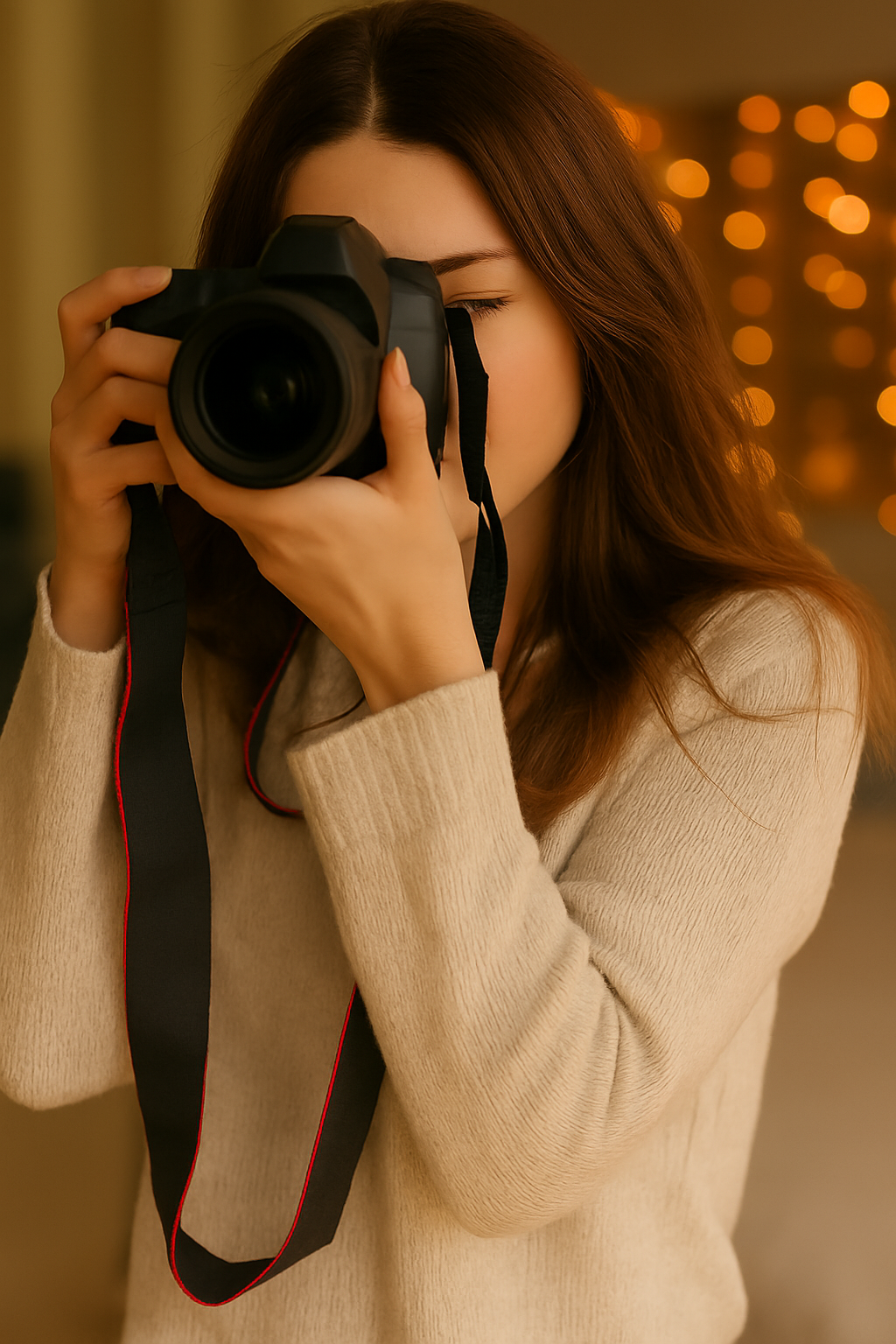Every industry has its jargon and every field has its lingo, but before you dismiss it as annoying terminology, remember that communication is a vital tool in any creative world and using commonly understood terminology hugely reduces the risk of misunderstandings and ambiguity. So, before you feel like you’re hearing a strange and exotic language, let’s break it down and examine the basics that every photographer will need.

If you want a thorough and exhaustive list of terms, the ultimate guide to photography terms can be found here. This is a great resource for the most regularly used phrases and concepts but here is a taster to get you primed so you can start chatting with fellow photographers and understand each other clearly.
1. The Aperture
Light will flow through an opening in a lens through and enter the camera. This opening is the aperture. It is not unlike a pupil in the eye. Pupils dilate in dim light and constrict in bright light. The opening size, or aperture size is measured by f-stops and these are numbered.
A small f-stop indicates a greater opening and a large f-stop is a smaller opening. The greater the opening, the more light can enter.
2. Shutter Speed
Shutter speed is the rate at which your camera opens to allow light to hit the sensor (or film).This is measured in fractions or seconds. A fast shutter speed will freeze the action and a slow shutter speed can create the impression of movement or blur.
3. ISO
The ISO is a measurement of your camera's sensor's sensitivity to light. A lower ISO of 100 or 200 is used in bright conditions, and a higher ISO of 800 or 1600, or higher is for darkly lit situations.
4. Depth of Field (DoF)
The depth of field in a photograph describes the amount of the image that is in focus. So a shallow DoF means that only a tiny portion of the image is sharp, whereas a large DoF suggests that more of the image is sharp. It generally describes a foreground in focus and a background that is out of focus, giving the illusion of distance. It is controlled by the lens (long lenses work well for DoF), the distance to the subject, and the aperture.
5. RAW
Digital photography shot in RAW format produces files that are unprocessed and capture all of the data from the camera sensor directly. RAW files are much larger than say JPEG’s but they provide great versatility in the post production process including exposure and sharpness editing.
6. White Balance
Shooting manually under different lighting environments will often involve setting the white balance before you begin. This is where the colour temperature will impact the perception of white and can alter how different colours are picked up. Adjusting the white balance will correct any colour alterations.

7. Composition
Composition is the arrangement or the position of each element within the frame. There are many techniques that will help create a visually appealing composition such as the rule of thirds, leading lines, and framing. These techniques can help guide the viewer's eye and increase the impact of an image.
8. Exposure Triangle
A triangle is made up of three angles and in this case it is the relationship between aperture, shutter speed, and ISO. All three of these functions depend on one another to come together and create the perfect photograph.
9. Bokeh
The word Bokeh derives from the Japanese term for 'blur,' and refers to the artistic characteristic of a photograph's blurred backdrop. The effect can be created using a wide aperture.
10. Bracketing
Bracketing is the process of shooting numerous shots of the same image at varying exposures. For example, one at the metered exposure, another overexposed, and another underexposed. This technique can be useful when working with difficult lighting or making photographs with a high dynamic range (HDR).
11. High Dynamic Range (HDR)
This refers to the range of colour or tone in an image. The range is from the lightest tones to the darkest tones in an image, or highlights to shadows. The HDR setting on a camera can capture great detail especially in harshly lit conditions.
12. Histogram
A histogram can be seen on a camera as a graph displaying the tonal values of the image. Some cameras will show the histogram before you take the shot which can help a photographer gauge the exposure settings. The shadows are on the left, the highlights are on the right, and the mid-tones are in the middle. A well-balanced photograph will often have a spread throughout all regions.
13. Zebra Stripes
Zebra stripes is a setting on your camera that will display areas that are overexposed. These areas will be striped like a zebra. They are commonly seen in video filming and help avoid overly bright highlights.
Understanding the vocabulary is so much more than just sounding like a pro, it also helps a photographer understand their equipment and to communicate with other photographers and clients alike. With our foundational Photography Terms Guide at your disposal, you'll be well on your way to capturing that great image.
Are you interested in going deeper into the world of photography? Check out our courses and enlighten your photographic adventure.

